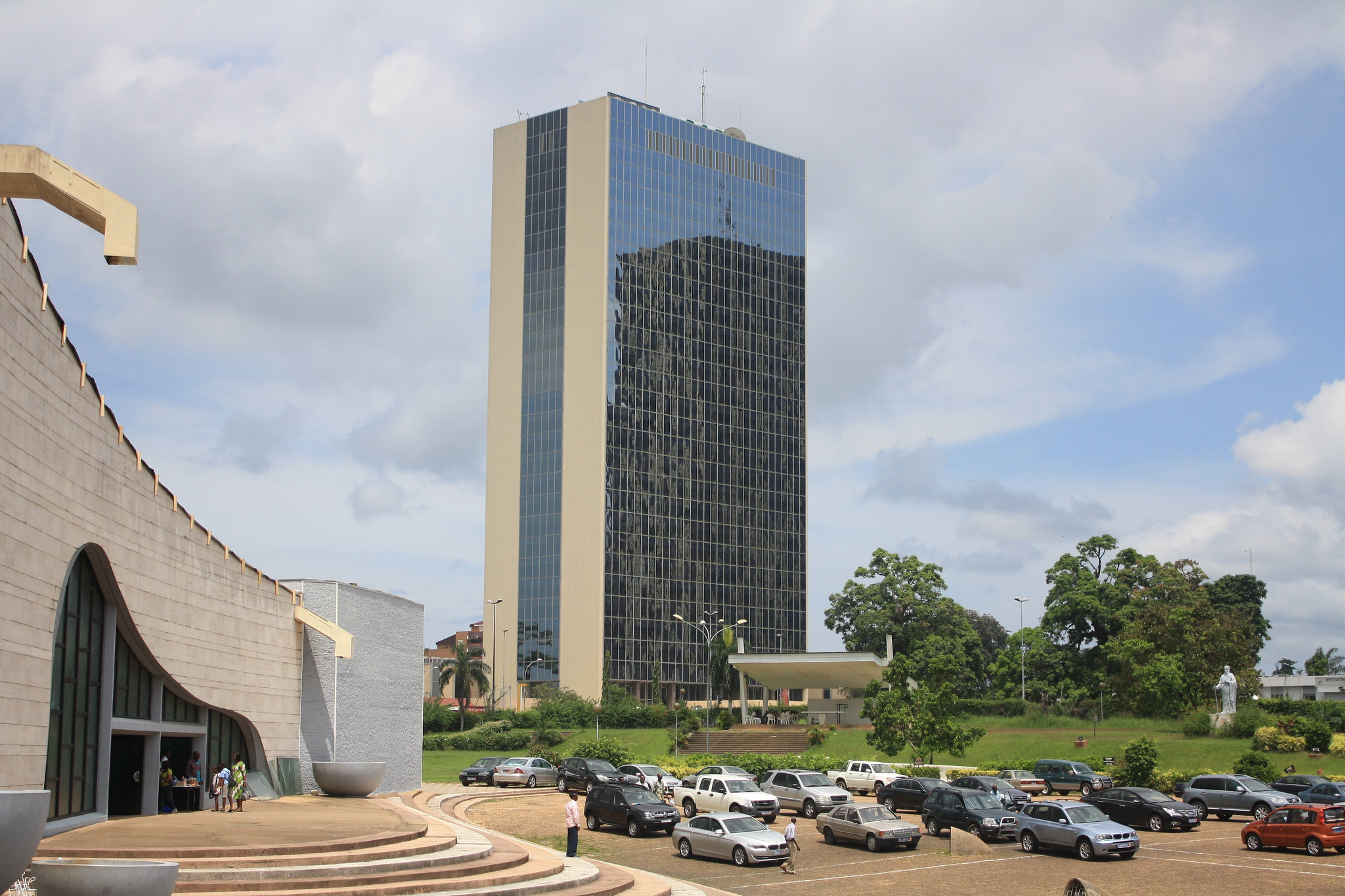CEOs mount plan for US$3,2 trillion bloc
ZIMBABWEAN CEOs last week urged domestic industries to mount aggressive strategies to unlock big opportunities brought by January’s launch of the African Free Trade Area (AfCFTA), a US$3,2 trillion market that is expected to reshape the region’s economies.
In a note released ahead of a major conference later this month, the CEO Africa Roundtable (CEO ART) said AfCFTA had potential to propel re-industrialisation in a huge African market stretching to 1,2 billion people.
AfCFTA has held Zimbabwe spellbound, with some experts predicting that it has capacity to lift Harare’s under fire industries out of the swamps.
“This edition of the roundtable comes at a time when the AfCFTA has entered into force,” CEO ART said.
“The AfCFTA aims to create a continental market for goods and services, and free movement of businesspersons and investments. It is expected to boost intra-Africa trade through harmonisation and co-ordination of trade liberalisation and facilitation instruments across regional economic communities and across Africa in general.
The AfCFTA is also expected to enhance competitiveness at the industry and enterprise levels through exploitation of opportunities for scaling up production, continental market access and better allocation of resources. It is critically important that the private sector takes a leading role in actualising the AfCFTA under the broader agenda of achieving agenda 2063,” said CEO ART.
The AfCFTA is the largest trade bloc worldwide by participating countries, with a market potential for goods and services of 1,2 billion people, according to the African Development Bank.
An important part of the bloc is the expected elimination of tariffs in 90% of goods originating from the continent.
The AfCFTA agreement revolves around trade liberalisation through tariff and non-tariff barrier reductions to drastically increase intra-continental trade.
The United Nations Economic Commission for Africa has predicted that the AfCFTA will raise intra-African trade by 15 to 25%, or US$50 billion to US$70 billion by 2040 compared to an Africa without the bloc.
With the highest inflation rate, Zimbabwe is one of the most expensive countries in the region.
Companies have always complained about high duties, fees and utility costs, which are passed on to consumers, making local products uncompetitive compared to regional peers.
However, Zimbabwean industries must brace for stiffer competition with Africa’s biggest manufacturers as the region discards trade barriers and opens up.
But Zimbabwean firms, which last week said 42% of their installed manufacturing capacity was idle during the third quarter of this year after a prolonged economic crisis, must measure up to high quality, better priced products that will land from African peers under a liberalised regime.
Industry and Commerce minister Sekai Nzenza cautioned in March that AfCFTA would open the domestic market to an avalanche of foreign products, and Zimbabwe would need to help its firms withstand competition.
“Government signed and ratified the AfCFTA agreement which entered into force on January 1, 2021,” the minister said.
“This has created an open market in Africa. However, local players should also gear up and match increased competition from other countries. Zimbabwe is already implementing the trade protocols under Common Market for Eastern and Southern Africa and the Southern African Development Community and this has been promoting duty free access of goods originating from within the region, hence, offering an advantage to industry and commerce,” she added.
CEO ART executive director, Kipson Gundani said Albert Muchanga from the African Union, SRS Aviation managing director Sibongile Sambo and UNIDO representative, El Mekwad Khaled, would be among key speakers.-newsday.coz.w











